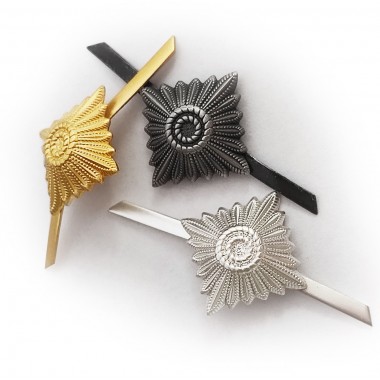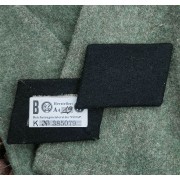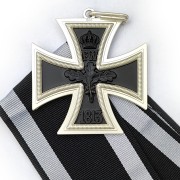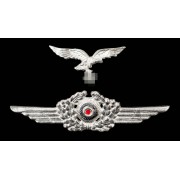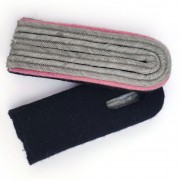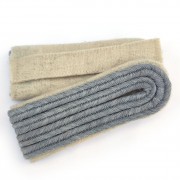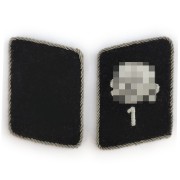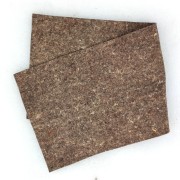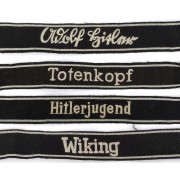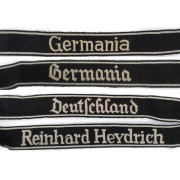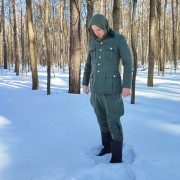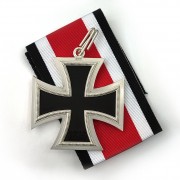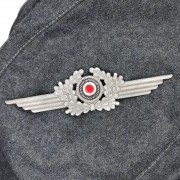Description
Star (cube, pip) for the SS collar tabs. Produced using 3D modeling (scanning) of the original sample. The width on the side is 15 mm, diagonally (from corner to corner) about 2 cm.
The stars are made of a copper alloy with a thick color metal coating that does not peel off and does not chip. We specially sawed a star’s foot with a hacksaw, it took some time to get to the base metal. The stars are strong and with a very well-designed pattern, legs 20 mm long, 2 mm wide and 0.75 mm thick are brazed to the head, very durable, but mild.
We offer the following colors:
-silver (classic matte silver color, perfect for Unteroffiziere NCO collar tabs);
-silver with a patina (dull matte silver color with shaded black indentations, will look good with the field uniform of non-commissioned officers);
-gold (shiny, for Kriegsmarine, coastal artillery shoulder straps, also for high-officers and generals).
Price for 1 pc. Before buying, you need to select a color next to the "Add to cart" button. If some color is not there, then it is sold out.
This product has a wholesale price for different quantities.
Historical reference.
In the German army, pips were made in three main sizes, with side lengths of 10, 15 and 20 mm. The smallest ones intended for the collar-tabs of the SS, etc. organizations, 15 mm for the shoulder straps of NCO (non-officer) ranks, and 20 mm for the shoulder boards of officers and generals. This is in theory; in fact, the size was dictated by the situation and... the market.
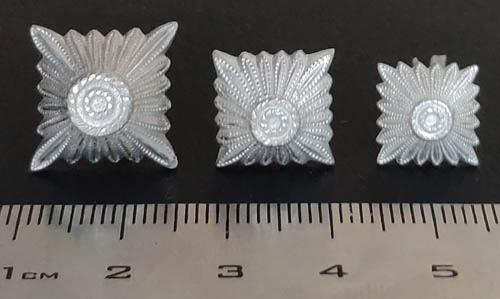
15, 12 and 10 mm stars in comparison. Photo: Anton Volchkov, personal collection.
In a situation where the feldwebel received his first star on the shoulder strap, he wanted it to be visible to everyone and could replace the standard 15 mm with an officer's version of 20 mm. And vice versa, having received a stabs-feldwebel rank, and already having 3 stars (and even sometimes a cipher — unit number) on the shoulder strap, he simply could not use 15-mm pips, they looked comical on a small shoulder strap. In this case, they used smaller 10 mm.
Since there were a huge amount of NCOs in the army, and they all wanted their rank to be visible, they produced "intermediate" sizes of pips, for example, 12 mm. Not as small as on the SS collar tabs, but not 15 mm, which is difficult to place in a row. The market reacted sensitively to the needs of the army, as orders were placed at a variety of private enterprises.
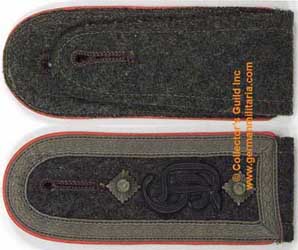
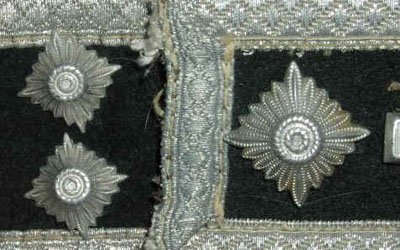
10 mm stars on the shoulder board; the Großdeutschland cipher does not allow to put larger ones. 12 and 15 mm stars on the shoulder straps of the ober-feldwebel (2 stars in a row) and the stabs-feldwebel (3 stars in a triangle).
It is worth noting that the 15 mm stars for Heer officers had to be golden (so that they could be clearly seen on the silver shoulder strap), and for generals — silver. But very often officers used silver stars instead of golden ones.
10 mm stars in the SS were used on collar tabs for ranks from the SS-Unterscharführer (corresponds to the non-commissioned officer) to the SS-Obersturmbannführer (corresponds to the lieutenant colonel), that is, SS non-commissioned officers and SS officers. A feature of the SS stars was their size: 1 cm on the side or 14.5 mm diagonally. They were smaller than the stars for shoulder boards, to be nicely arranged and easy to see on the SS collar tab. Stars of this size were also used in other organizations of the Third Reich, for example, in SA (gold) and DRK (blue, silver, gold).
Pips (stars) for shoulder straps and collar tabs of the German army of the Third Reich were performed in various techniques and from various materials. Zinc casting; stamping from zinc or copper, brass, cupal; aluminum forging; soldered legs, legs along with a star (along the edges at the ends of the beams), legs riveted or sandwiched in a hat, legs made of wire; legs made of brass, copper, aluminum... Stars did not change after the war. Below are a few examples of the original stars, photos from germanmilitaria.com.
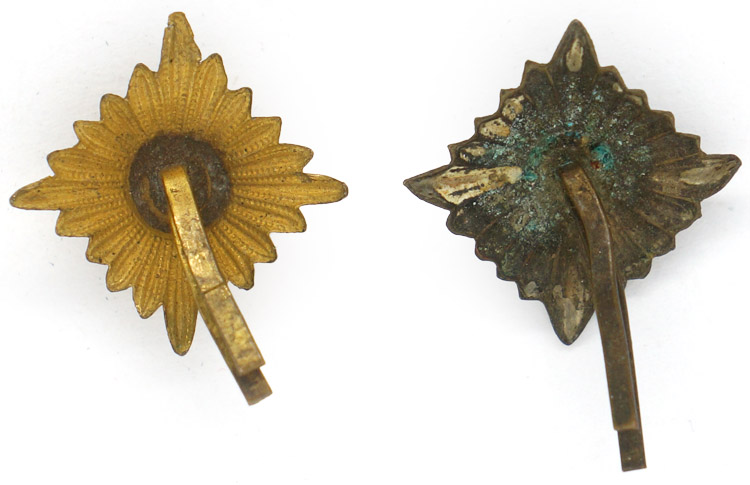
Brass stamped pips (copper alloy) with soldered legs (like ours).
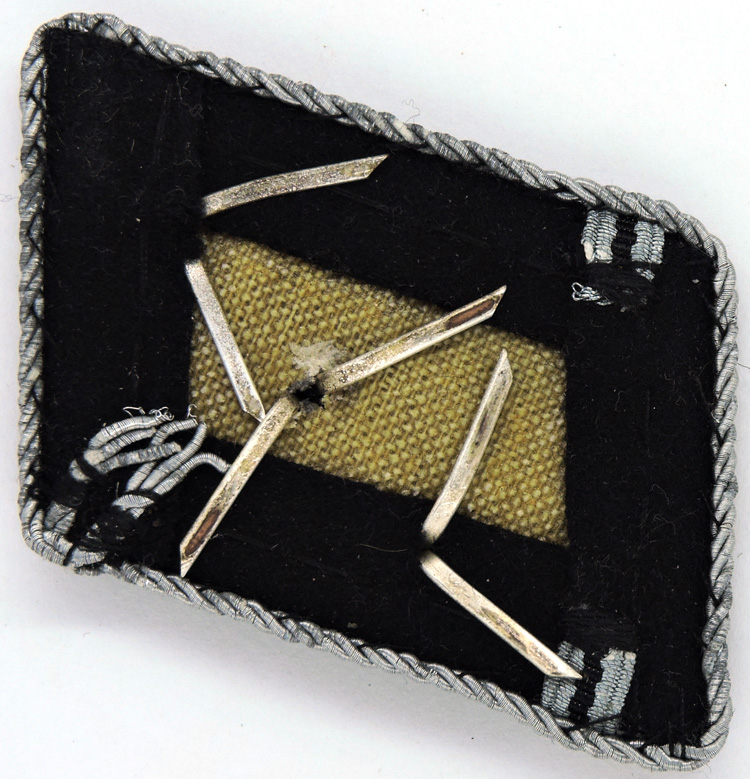
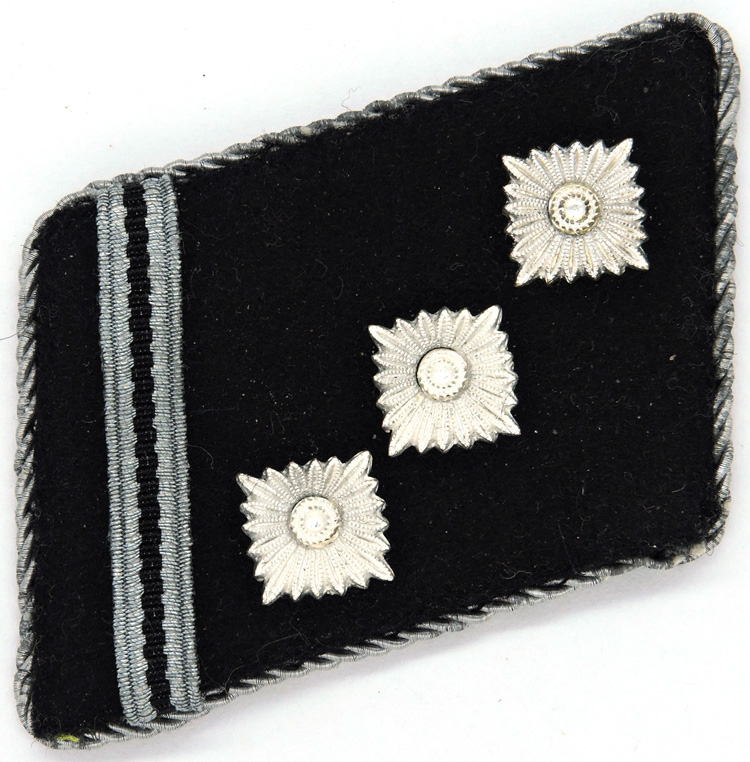
Pips on the SS collar tab made of copper with a metallic silver coating (like ours).
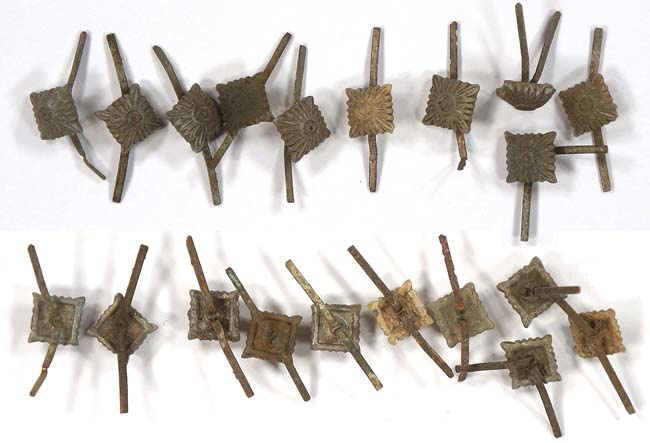
Pips on SS eyelets obtained by casting zinc with legs pressed in the head.
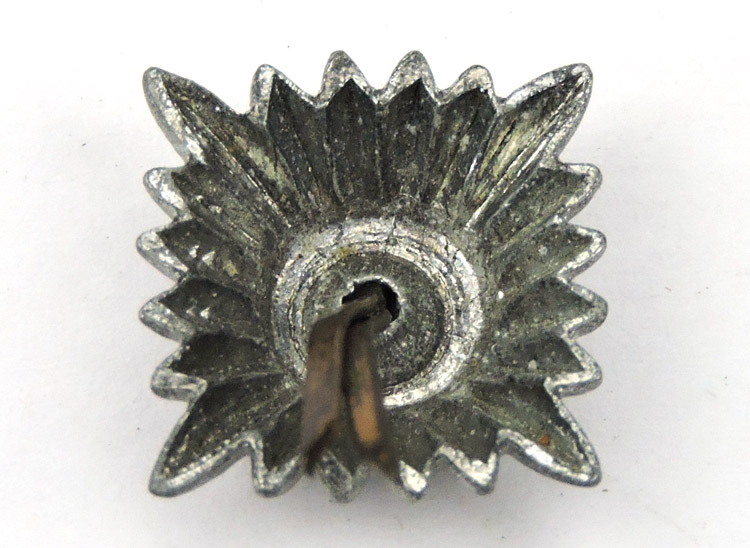
Pip made of aluminum alloy with copper legs pressed into the head.
Medical assistants (Helferin) of the German Red Cross (Deutsches Rotes Kreuz, DRK) wore small stars in the corners of the collars of blouses, tunics and overcoats by 1-3 pieces. These stars, depending on their status, had three colors — blue, silver and golden. Photo and description: Andrey Medvedev.
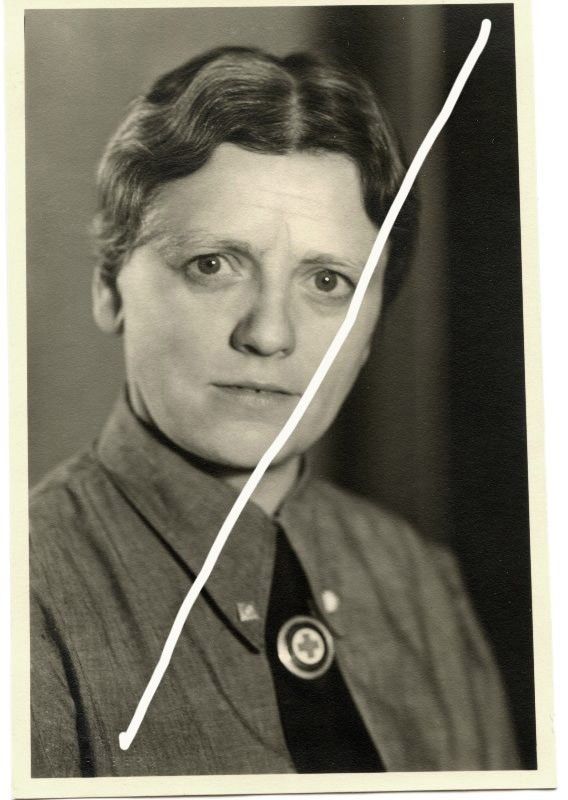
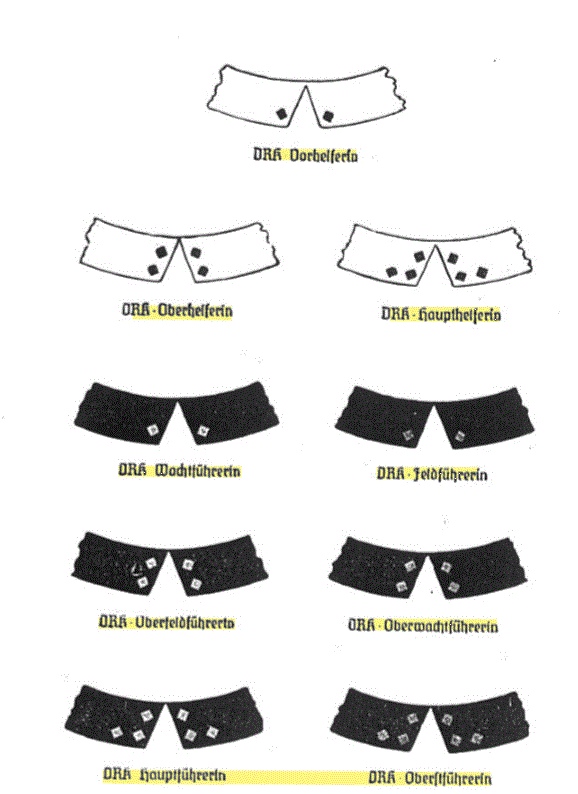

Until 1937, the rank was read from the sleeve cuff, on which there were stars in the form of "flowers". The Nazis unified the DRK according to a single standard and brought the structure and tasks to the needs of the Heer medical service and to rear structures similar to civil and air defense. Formally, remaining a civic organization of volunteers, the DRK inherited a strictly vertical hierarchy, subordination on the basis of the führership and territoriality, combined with the military districts of the Reich. Therefore, special attention was paid to the unity of form according to army principles. The headcount of the DRK by 1943 reached 1.5 million members. A large proportion were assistants — helperin.










